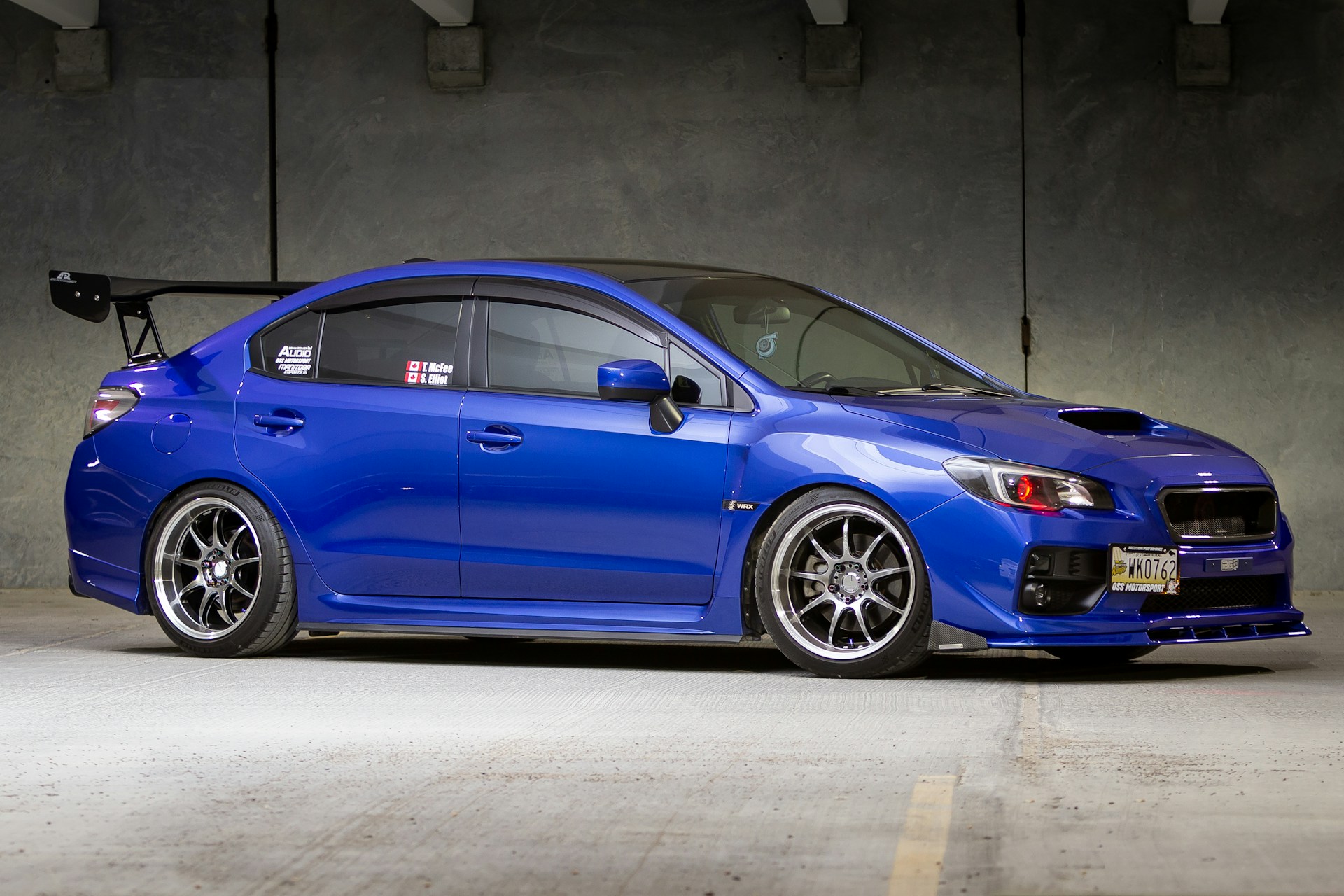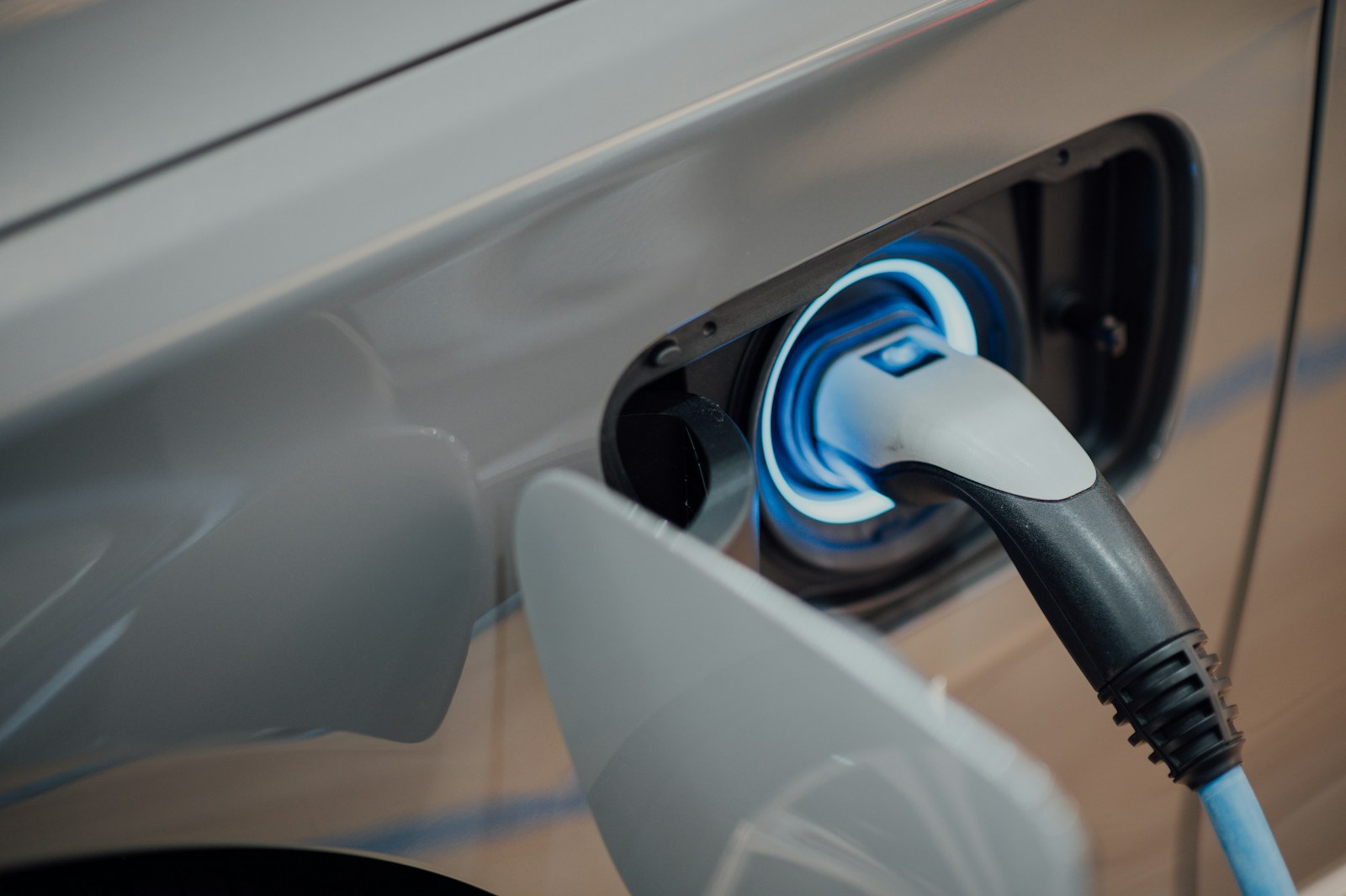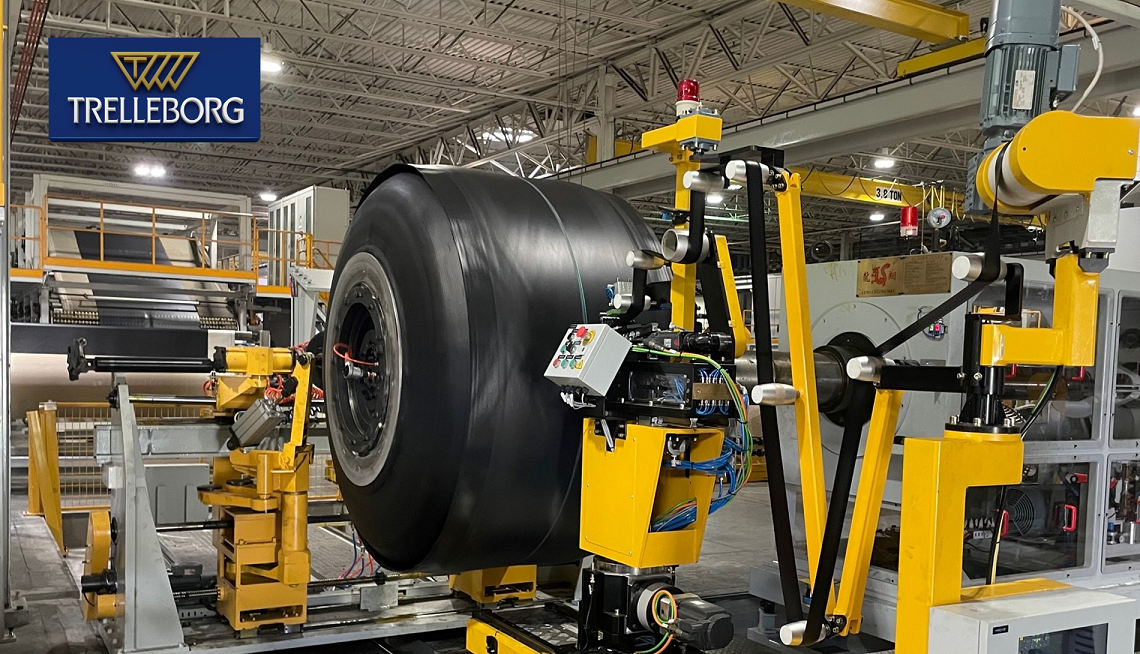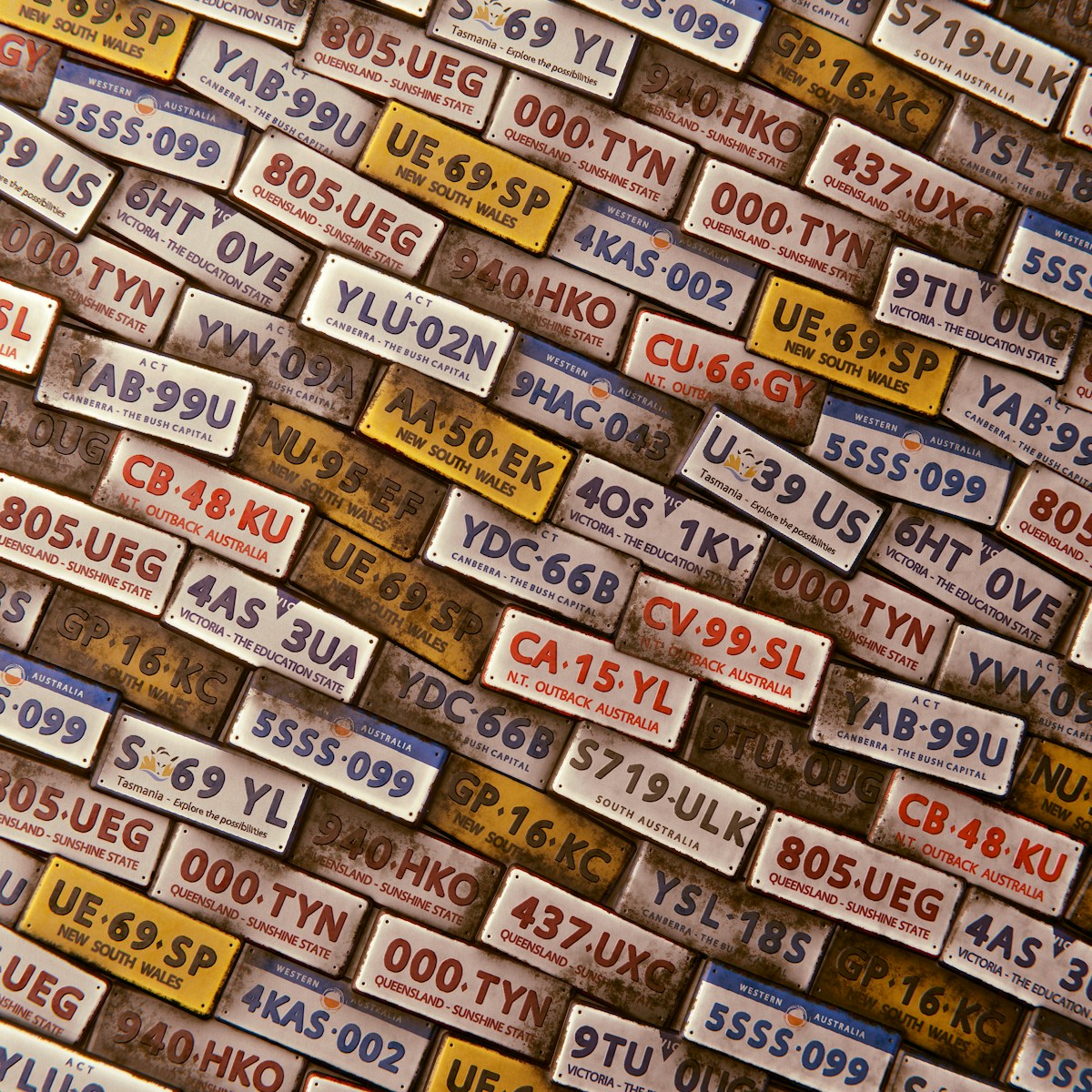Are you thinking about customising your vehicle? It’s all about expressing your unique style, but it can also impact your car insurance coverage and costs. Planning strategically to balance your customisation dreams with your long-term financial security is crucial.
In this article, we’ll learn the most popular types of vehicle modifications, the insurance issues they bring, and tips to help you protect your customised ride without breaking the bank. We’ll cover everything from intelligent tuning and quality installations to ensuring you disclose all modifications to your insurer.
Read on to discover how to pursue your vehicular passion projects while keeping your finances in check.
Types of car modifications
1. Cosmetic enhancements
Sometimes, people want to improve their car’s appearance without changing its function. This could mean adding cool designs, custom paint, or unique lights on the outside. It could also mean installing a custom sound system, comfy seats, or colourful lights inside. These changes usually don’t affect the amount you pay for car insurance.
2. Performance upgrades
Performance tuning means making mechanical improvements to your car’s engine, suspension, brakes, and other parts to make it faster, better at handling, and more powerful. This can include adding special air filters, changing the exhaust, or making the suspension stiffer.
However, it’s essential to know that if you heavily modify your car, your insurance might cost more since the insurance company might see it as a higher risk.
3. Functional add-ons
Adding useful extras involves installing practical extra equipment to make your vehicle more convenient, have more space for carrying things, or make it easier to drive off-road.
Some examples are racks for carrying bikes or skis, hooks for towing trailers, kits to raise the vehicle’s height for better clearance on rough roads, machines for pulling vehicles out of trouble, and extra lights. These changes might make your insurance more expensive, but they can be helpful.
How can car customisation impact insurance?
1. Increased premiums
Extensive vehicle modifications that increase speed or value or raise accident risks can lead to higher insurance premiums. Insurers may consider high-performance alterations liability risks, and customisations can result in pricier settlement payouts for mishaps, ultimately raising insurance costs.
2. Enhanced risk perception
Car modifications like better brakes and turbochargers could make insurance more expensive because they might be seen as increasing the risk of accidents. Insurers have to balance the added risk with higher premiums.
3. Inaccurate or inadequate coverage
Remember, standard insurance might not cover all the costs for custom parts or modifications to your vehicle. Failing to disclose these changes could lead to denied claims or insufficient coverage, so updating your policy is important.
Tips for navigating modified car insurance
1. Be selective with tuning
Consider performance enhancements prudently based on insurance implications. Subtle changes like air filters may be safer than dramatic tuning with turbochargers or nitrous injection kits that prioritise safety alongside power or aesthetics.
2. Get professional installation
Quality matters greatly. Shoddy aftermarket installations often aggravate risks rather than enhancing capabilities or appeal. Invest in professional-grade parts fitted by trusted mechanics to get the best efficiency and minimise hazards.
3. Inform your insurer
Fully declare customisation details like modification types, equipment costs and enhanced vehicle worth to your insurer. This allows suitable coverage amendments to protect assets. Non-disclosure can risk claim denial.
4. Maintain records
Keep invoices, photographs and listings of all cosmetic/functional changes made. This documentation will be helpful during insurance renewals or claims to substantiate enhancements.
5. Regularly re-assess premiums & policy scope
Inform insurers about any new modifications, review enhanced IDV calculations, and check if existing coverage adequately protects newly added custom equipment. Willingly pay any applicable surcharges.
You can tailor your prized vehicle to your taste with passion and prudence without compromising insurance protection. Discuss modification plans with your insurer well in advance to make suitable amendments across premiums, IDV calculations, and policy scopes.
Strike the right balance between customisation zeal and financial safeguards to fully enjoy the thrills of your personalised dream car without financial shocks or coverage hassles. The right insurance decisions can enable sheer driving ecstasy!
Understanding documentation needs
Comprehensively documenting your modifications is crucial for both future claims and guiding suitable policy adjustments by insurers:
1. Invoices & work orders
Keep receipts of payments made to mechanics, sellers or automotive shops when purchasing equipment and fitting modifications. This substantiates costs.
2. Photographs
Take dated pictures throughout all stages of the modification process—this visual chronicle serves as valuable evidence during claims.
3. Designed flyers & brochures
Collect any equipment brochures, installation manuals or spec sheets. This gives technical details.
4. Spreadsheets/tables
Make tables listing all modifications with associated costs, dates and other specifics like tuners for easy organisation.
Conclusion
Vehicle modifications empower you to uniquely personalise your prized possession according to individual tastes in aesthetics and performance capabilities. However, suitably updating insurance is crucial to enjoying the perks of customisation without financial shocks or inadequate coverage. Assess likely premium impacts, disclose planned changes to insurers, and make prudent equipment choices, balancing thrill with stability. Comprehensively document all modification stages as future proof.






